Printed in the Spring 2020 issue of Quest magazine.
Citation: Smoley, Richard, "Initiation, Present and Absent" Quest 108:2, pg 28-33
By Richard Smoley
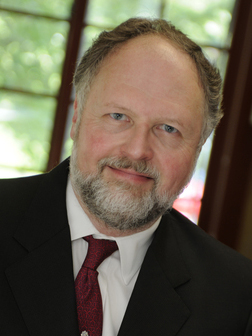 In this context it may be peculiar to start by saying that initiation, in its ultimate sense, may not be available to us in the West today. Yet this seems to be the case—or so one could conclude from Mircea Eliade’s classic study Rites and Symbols of Initiation.
In this context it may be peculiar to start by saying that initiation, in its ultimate sense, may not be available to us in the West today. Yet this seems to be the case—or so one could conclude from Mircea Eliade’s classic study Rites and Symbols of Initiation.
Examining material from primitive cultures, Eliade says that puberty rites are the prime form of initiation. Though they vary from simple instructions about the Supreme Being to intense and painful rites, “it is through initiation that, in primitive and archaic societies, man becomes what he is and should be—a being open to the life of the spirit, hence one who participates in the culture into which he was born . . . It could almost be said that, for the primitive world, it is through initiation that men attain the status of human beings; before initiation, they do not yet share fully in the human condition precisely because they do not yet have access to the religious life” (Eliade, 3).
Note the link between initiation into a culture and initiation into the spiritual life. They are, in these contexts, identical. But for us today this initiation is not possible, because our culture does not have a collective spiritual life. I doubt that it was possible even one or two hundred years ago, when Christianity was the official religion of the West. Though many forms of initiation still take place, they are private: they are shared only by a small portion of society. The ultimate initiation, which, according to Eliade, is simultaneously spiritual and cultural, is not available to us.
Puberty rites are of supreme importance because all members of the society undergo them. Other forms are intended only for some. One such type is initiation into a secret society or confraternity. These societies are not always secret in the obvious sense: their existence is not necessarily a secret, but certain elements of their teaching and practice are kept hidden from the profane.
The third primary type of initiation involves entering a mystical vocation—in many indigenous societies, that of the medicine man or the shaman. Aspirants may decide voluntarily to take on this occupation, or they may feel that the decision is made for them—they experience a call, often a spirit-induced illness. They have to cure themselves with the shamanic practices that they will later use on others (Eliade, 2–3).
These initiations share a common theme of death and resurrection: initiates die to their former lives and are resurrected into a new identity. This would appear to have been the case in early Christianity, when baptism, applied to adults who had made a conscious decision to accept the faith, was seen as a kind of death to the secular self and a rebirth in Christ (Yarnold). Paul alludes to this idea when he says, “Know ye not, that so many of us as were baptized into Jesus Christ were baptized into his death?” (Romans 6:3). But infant baptism cannot be considered an initiation: the baby is too small to know or remember what has been done to it.
Eliade’s portrait of initiation relies heavily on early anthropological reports of primitive cultures. He says little about present-day possibilities and would no doubt have agreed with the opening statement of this article. Yet initiation persists. Is there any form in which it is not purely vestigial?
For one answer to this question, we can turn to the twentieth-century French metaphysician René Guénon, who placed initiation at the center of his system. Actually Guénon would have been chagrined to hear anyone talk about “his” philosophical system, which, he insisted, had nothing to do with him personally and would have had no value if it did. Rather he was expressing what he called tradition.
Guénon gives tradition a specific meaning, which is indissolubly linked to initiation. Tradition is equivalent to transmission: “Etymologically, ‘tradition’ expresses no idea except transmission; when one speaks of ‘tradition’ in the sense we intend, its meaning really does not extend beyond this perfectly normal usage” (Guénon, 56).
Tradition in this sense is a transmission of a certain spiritual influence, which can only be administered to certain individuals who possess the necessary characteristics. This influence, moreover, can only be transmitted in a regular initiatic line, by someone qualified, under specific rites that are designed for the purpose. (Guénon’s frequent use of the term regular indicates the influence of Masonic initiation on his thought.)
Tradition, in Guénon’s view, goes back to a primordial spiritual center. In prehistoric times, access to this spiritual center was open and easily attained, but over time it became more and more occluded. He links this occlusion to the Hindu concept of the four yugas or ages: the Satya, Treta, Dvapara, and Kali yugas. According to Hindu thought (and to Guénon), we are now in the fourth, the last and darkest of the ages: indeed Kali Yuga literally means dark age. Hence his attitude toward modernity, which is the inverse of modernity’s view of itself (at least until very recently). Far from being a time of enlightenment and progress, the present is an age when connection with this spiritual center (which at this point exists in a metaphysical realm only and not in the physical one) is extremely attenuated. In fact it can only be gained through initiation.
Initiation is a link to this spiritual center. This link is both “vertical” (to use Guénon’s own metaphor) in connecting the candidate to superhuman realms, and “horizontal” in extending back in linear time to the primordial age. (The Hebrew name for the Jewish esoteric tradition, Kabbalah, has a similar dual significance.) For these reasons Guénon claims that a valid initiatic line cannot have a historical point of origin: “If the origin of any organization whatsoever is fully documented as the work of individuals whose names can be cited and which possesses no link to tradition, one may rest assured, despite the claims, that there is absolutely nothing initiatic about the organization” (Guénon, 77, 80). He contrasts Masonry, whose Landmarks go back “to time immemorial,” with the eighteenth-century Society of the Illuminati, which was founded by Adam Weishaupt in 1776 and effectively functioned for only about a decade (Neugebauer-Wölk).
Initiation is an inward connection to the tradition, which is the transmission of spiritual influence. It can only be administered to candidates with certain qualifications. If this smacks of elitism, Guénon replies that initiation is elitist. It can be administered to some and not others. The reason is not a desire for privilege or exclusivity, but the simple fact that some people possess certain characteristics while others do not. As Guénon emphasizes, initiation is not being denied to anyone who could derive any benefit from it.
As for qualifications, “the essential qualification, which takes precedence over all the others, is that of a greater or lesser ‘intellectual horizon’” (Guénon, 93). More specific qualifications often have to do with the conditions of initiation into a particular line rather than of initiation in general. In regular Masonry, according to Albert Mackey’s interpretation of the Ancient Landmarks, “certain qualifications of a candidate for initiation are derived from a Landmark of the Order. These qualifications are; that he shall be a man—shall be unmutilated—free born and of mature age” (Mackey).
Often these qualifications are understood as deriving from the days of operative Masonry, as an anonymous author in one Masonic periodical believes: “Obviously a maimed man could not do as ‘good work, true work, square work’ as the able-bodied man” (Anonymous). Other disqualifications have to do with impediments to carrying out certain ritual functions: “In most Jurisdictions [the candidate] must be ‘perfect’ with two arms, two legs, two hands and two feet. In some Jurisdictions, if he can conform to the requirements of the degrees, he may lack one or more fingers not vital to the tokens; in others he may not.” Here a physical disability is a source for disqualification because it means that the candidate would not be able to carry out the rites fully or accurately.
For Guénon, “if Masonic initiation excludes . . . men with certain infirmities, this is not merely because those who are admitted used to have to carry burdens or climb scaffolds, as some assure us with a disconcerting naiveté; rather the Masonic initiation could not be valid for such people and could have no effect because of their lack of qualification. The first thing that can be said here is that even if the link with the craft has been broken with respect to outward practice, it nonetheless . . . remains necessarily inscribed in the very form of this initiation, for it this connection were eliminated, the initiation would no longer be Masonic but entirely different.”
Guénon says women are disqualified from Masonic initiation for the same reason. They are disqualified from Masonic initiation, but not necessarily from other types: “There exist forms of initiation that are exclusively masculine, while there are others to which women can be admitted in the same way as men.” In a footnote, Guénon adds, “In antiquity there were also exclusively feminine forms of initiation” (Guénon, 94), but I have reason to believe that exclusively feminine initiatic lines continue to exist in the West today (see Gilchrist).
Other disqualifications for Masonic initiation, according to Guénon, include stuttering, which would indicate more of a mental defect than a physical one (mental defects are disqualifications as well); moreover, “the ritual ‘technique’ almost always includes the pronunciation of certain verbal formulas which must naturally be correct above all in order to be valid, something stuttering does not permit in those afflicted by it” (Guénon, 101). Note the similarity to the instance of missing fingers: again the impediment has specifically to do with the ability to carry out the rite.
Guénon’s discussion of initiation focuses heavily on Freemasonry for at least two reasons. In the first place, Masonic rites and texts, although ostensibly secret, have been publicized well enough so that they are more familiar than those of other initiatic organizations. In the second place, Guénon believes that the initiatic lines in the West have been extremely attenuated since at least the Renaissance. In fact “the only two [lines] that can claim an authentically traditional origin and a real initiatic transmission, however degenerate they may be through the ignorance and incomprehension of the vast majority of their members . . . are the Compagnonnage and Masonry” (Guénon, 34).
The Compagnonnage in France consists of the descendants of medieval craft orders much like those of the Masons (Bayard). Guénon concedes that there may also be “possible survivals of certain rare groups of medieval Christian Hermeticists” but adds that they “in any case were very restricted” (Guénon, 34).
Guénon regards the Brothers of the Rose-Cross, known also as the Rosicrucians, as a genuine initiatic line, reconstituted with the help of Islamic initiates after the dissolution of the Knights Templar in 1309. Guénon believes that the Brothers (known especially from the Rosicrucian manifestos, published in 1614–15) functioned in Europe in the late medieval and early modern periods, but he takes literally a legend that after the seventeenth century, they removed themselves to the East (Guénon, 239). I have some reasons to doubt him, although it is not my place to discuss what connection this line may or may not have to present-day organizations that call themselves Rosicrucian. In fact I suspect that Guénon was ignorant of various initiatic lines in the West that did and do still operate, largely for a reason he regards as intrinsic to the nature of these lines: they are not organizations in any publicly constituted sense, and they had no reason to make themselves known to him. He does not appear to have thought of this possibility.
In any event, in Guénon’s view, initiation imparts a certain spiritual influence to the candidate, rather like the Muslim baraka. This influence is itself the initiatic secret: signs, handclasps, words, and the rites themselves are simply its vehicles, and they are ineffective unless they are administered by someone who is qualified. In this connection he notes the use of the mantra in the Hindu tradition. This word has come to be used as slang for anything that is endlessly and mindlessly repeated, but a mantra is not that. OM is perhaps the most famous, but for most people, it is not a mantra in the strict sense. It only becomes a mantra when it is imparted in instruction by a qualified guru. Anyone else who tried to use it, for meditation or any other purpose, would not get the same result; for this reason initiates are often told to keep their mantras secret. “A mantra learned otherwise than from the mouth of an authorized guru is without effect, because it is not ‘vivified’ by the presence of the spiritual influence whose vehicle it is uniquely destined to be” (Guénon, 54). Note again that the mantra per se is only a vehicle of spiritual influence, not the influence itself (Bharati, 111).
For Guénon, the only lines in the West that are even vestigially initiatic are Freemasonry, the Compagnonnage, and certain esoteric Christian lines about which he says very little. One line that he describes as more or less extinct from an initiatic point of view is that of the Carbonari, the Italian guild of the charcoal burners. The Carbonari started as very much like the French societies of the Compagnonnage, but the Carbonari are chiefly known to history through their influence on liberal political movements of the eighteenth and nineteenth centuries. Guénon believes that by this point they had degenerated into a solely political movement, which for that reason was no longer initiatic, because initiatic organizations operate in the realm of the sacred only and have nothing to do with profane matters such as politics. Masonry, he adds, experienced “a certain degeneration in the same directions, though not carried so far, as that of Carbonarism.” By this he means the well-known role played by Masonry in the eighteenth-century revolutions in the United States and France, and well into the twentieth century.
Guénon’s concept of initiation is selective in the extreme; what then are we to make of the initiations in ancient or primitive societies, such as puberty rites, which are administered to everyone in the tribe, and which Eliade considers to be the most important?
Guénon discusses this issue in regard to the upanayana, the Hindu initiations of the twice-born, the three highest castes in the Hindu system. These are administered to all members of the caste; one does not fully belong to the caste without them. Citing the scholar of religions A.K. Coomaraswamy, Guénon sees these rites not as initiations in the full sense, but more properly as forms of “admission” or “integration” into the caste. He connects this kind of initiation with those of “primitive societies,” the very kind that Eliade was principally discussing.
One can see the error of ethnologists who unthinkingly apply the term “initiation” (the true meaning and real implication of which they evidently have no grasp) to rites that all the members of a tribe or people have access to at any moment of their existence, and particularly when it is a matter of so-called primitive societies. In reality, these rites have no initiatic character at all . . . Naturally these societies can have authentically initiatic rites, even if these are degenerate to some degree (and perhaps they are so less often than one might be tempted to suppose); but, here as everywhere, these are accessible only to certain individuals to the exclusion of others. (Guénon, 155)
Guénon’s view of initiation cannot be reconciled with Eliade’s. For Eliade, the puberty rite is of supreme importance because it is performed on every member of the tribe, whereas for Guénon, this is precisely what disqualifies it.
Nonetheless, one can gain some insight from comparing the two perspectives. Perhaps the most illuminating is the theme of death and rebirth. Both Eliade and Guénon agree that this is practically universal; they even agree about why. Eliade: “Puberty rites, precisely because they bring about the neophyte’s introduction to the realm of the sacred, imply death to the profane condition . . . The experience of initiatory death and resurrection not only basically changes the neophyte’s mode of being, but at the same time reveals to him the sacredness of the world” (Eliade, 18–19). Guénon: “The change that gives access to the initiatic order corresponds to a higher degree of reality . . . Initiation is generally described as a ‘second birth,’ which indeed it is, but this ‘second birth’ necessarily implies a death to the profane world” (Guénon, 172–73).
For both Guénon and Eliade, then, initiation is a death to the profane realm and a birth into the sacred. If so, why should they reach such diametrically opposite conclusions?
Guénon insists that we are living in the Kali Yuga. For him, the primordial center is occluded in our time, and it is occluded for everybody, no matter whether they are French Freemasons or Queensland aborigines. There can be no exceptions. For Eliade, who does not hold to such ideas (or at least not in the same way), it is possible for certain cultures to have retained a collective sense of connection to the “sacredness of the world.” Thus he sees no innate difficulty in initiation proper being administered to everyone in a tribe.
Having said all this, I should add some personal reflections.
Initiate is a peculiar word. In some occult literature, like the Initiate trilogy written in the 1920s and ’30s by the Theosophist Cyril Scott, it denotes someone extremely advanced. And yet initiate means beginner, someone who has just started something.
We might find a clue to this apparent contradiction in Buddhism, which speaks of the novice as a srotapanna, or “one who enters the stream.” The image suggests that initiation opens one up to a stream of spiritual influence offered by a tradition.
Initiation seems to entail three basic levels. They may be conferred in formal rituals—of an organization known or unknown—although I suspect that at least in some cases no ritual, or only the most basic type of ritual, is involved.
The first level could simply be called the initiation of responsibility. It marks a point at which the individual stands forward and freely agrees to accept the task of his or her own personal evolution—in Buddhist terms, entering the stream. Most people, however wise, educated, or successful, have not made any such commitment. They will develop and grow as the random circumstances of life permit. But the initiate at the first level makes this commitment to work upon self-development. In return he or she is, as it were, implanted with a seed crystal that forms the core of the awakening self. Life starts to shape itself around this crystal, purging initiates of the dross of their characters.
This process continues for a long time, years or more likely decades, and probably there are few initiates alive on earth who are not continuing to undergo it. But after the individual has reached some level of maturity, the time comes for a second initiation—the stage when he now takes on the additional responsibility of a task or line of work that he is uniquely able to pursue, such as healing, art, or social action. This is not necessarily an ordinary trade or profession, although it may well coincide with one’s work in daily life. One could call this the initiation of vocation.
Having started on this line of work, the initiate pursues it both for self-development and in service to a higher purpose. Inevitably the individual will make mistakes, will do some things well and others badly and suffer from lapses of judgment or even ethics. But they are all part of the process. If the initiate is made of good material (and the very fact of initiation suggests he is), he will sort through his mistakes and learn the necessary lessons.
The third stage is mastery. This is not a matter of acquiring amazing mystical powers or superhuman capacities. But it does show that the individual has acted upon the responsibility taken on in the first initiation and developed the skills required in the second. He is not necessarily finished with these tasks, but he has acquired enough ability to work creatively and from his own initiative. He is now enabled to stake out new ground and expand humanity’s range of knowledge.
While I am not a Freemason, these stages seem to correspond to the three levels of Blue Lodge Masonry: Entered Apprentice, Fellow Craft, and Master Mason. Those who have been raised to these levels (as Masons put it) may be able to see the correspondences and even explain some of the mysteries of these stages from details of the Masonic rites.
These three grades still exist in ordinary crafts and trades to this day. Here is how they apply to electricians: “An apprentice is a beginner or trainee who works under direct supervision of a master electrician. A journeyman is trained and experienced and can work on his own under the general guidance of a master. A master originates projects, gets permits for construction and installations and oversees the work of journeymen and apprentices” (Haring). These specifications form part of the National Electrical Code in the U.S., which is used by all states in licensing electricians. Evidently these three stages retain a great deal of practical value.
Is self-initiation possible? The answer appears to be no, at least if you are defining it as Eliade and Guénon have. If you are entering a spiritual stream, it is a stream that already exists and there must be someone to introduce you to it. While many people have had spontaneous experiences of illumination, these are probably better described as moments of awakening or enlightenment.
Others claim to have been initiated on the inner planes. No one can say they haven’t, because no one can make definitive pronouncements about another person’s inner experience. Nevertheless, such cases seem highly prone to self-delusion or fraud, so they are best viewed with caution.
Finally, is initiation necessary for spiritual advancement? Again the answer seems to be no. The range of human experience is too vast, too well endowed with spontaneous awakenings and self-discovered insights, to suggest that formal initiation is always required for progress on the path. For some, it is not only valuable but necessary. Others do perfectly well without it. Why? The answer to this mystery no doubt lies in the uniqueness of the human individuality and the wide scope of circumstances that are needed to help it flourish.
At this point someone may ask, “This is all very good, but what practical value does it have for us?”
The answer, or the beginning of an answer, lies in this fact: many adult men today are not men; they are boys. Many adult women are not women; they are girls. In our society it is possible to go successfully through all the stages of life without maturing emotionally, much less spiritually. An individual can build a house by himself from the ground up, practice as a respected neurosurgeon, or turn $10,000 into $10 million while remaining a two-year-old inwardly.
The reasons for this situation are complex. Consumerism certainly plays a major role. But I think we also have to consider the absence of generally accepted forms of initiation in present-day society. You can be initiated into the culture (that is, you can be culturally literate) without being initiated spiritually. Although you can also be an initiate in Guénon’s highly specific sense, that is rare and is just as likely to make you feel alienated from the wider culture as to feel integrated into it.
This problem is, I believe, more pervasive than one may easily imagine, and lies behind many social problems. The back cover of my copy of Eliade’s Rites and Symbols of Initiation says:
The absence of initiation in our culture has left modern men and women often isolated from each other, from the invisible powers beyond, and from the myths that sustain daily life. The primal soul desire for symbolic rituals pushes youth into substitutes for initiatory experience: gangs, suicide, car crashes, teenage pregnancy, street drugs. These “symptoms” show the unquenchable urge for existential transformation and the need for elders, mentors, and rituals.
This edition of Eliade’s book was published by Spring Publications, which at the time was owned by the archetypal psychologist James Hillman. Thus it is possible that these words were written by Hillman himself.
The words above were written in the early 1990s. In the years since, the situation does not seem to have changed. I believe that the need for collective initiation remains more pressing than ever, but at this point I can offer no suggestions for answering this need that would not seem improbable or ludicrous. Thus I have to end this article not with a solution but with a problem.
Sources
Anonymous. “The Candidate.” Short Talk Bulletin 8, no. 5 (May 1930); Masonic World website, www.masonicworld.com/education/files/artnov01/The Candidate.htm; accessed Jan. 4, 2018.
Bayard, Jean-Pierre. Le Compagnonnage en France. Paris: Payot, 1977.
Bharati, Agehananda. The Tantric Tradition. New York: Doubleday Anchor, 1970.
Eliade, Mircea. Rites and Symbols of Initiation: The Mysteries of Birth and Rebirth. Translated by Willard R. Trask. Woodstock, Conn.: Spring Publications, 1995. This book was originally published under the title Birth and Rebirth in 1958.
Gilchrist, Cherry. The Circle of Nine: Contemporary Female Archetypes from an Ancient Tradition. Newburyport, Mass.: Weiser, 2018.
Godwin, Joscelyn, Christopher McIntosh, and Donate Pahnke McIntosh, eds. and trans. Rosicrucian Trilogy. Newburyport, Mass.: Weiser, 2016.
Guénon, René. Perspectives on Initiation. Translated by Henry D. Fohr. Hillsdale, N.Y.: Sophia Perennis, 2001.
Haring, Bob. “Differences between a Journeyman and a Master Electrician,” Chron.com; accessed Jan. 4, 2018, http://work.chron.com/differences-between-journeyman-master-electrician-2158.html.
Harris, Philip S., et al., eds. Theosophical Encyclopedia. Quezon City, Philippines: Theosophical Publishing House, 2006.
Mackey, Albert. “Landmarks.” American Quarterly Review of Freemasonry 2 (Oct. 1858), 230. See http://freemasonry.bcy.ca/grandlodge/landmarks.html accessed July 4, 2018.
Neugebauer-Wölk, Monika. “Illuminaten,” In Wouter J. Hanegraaff et al., eds., Dictionary of Gnosis and Western Esotericism. Leiden: Brill, 2005: 2:590–97.
[Scott, Cyril.] The Initiate. London: Routledge, 1920.
Smoley, Richard. “Waiting for the End of the World: René Guénon and the Kali Yuga,” New Dawn, Sept. 19, 2010: https://www.newdawnmagazine.com/articles/waiting-for-the-end-of-the-world-rene-guenon-and-the-kali-yuga.
Yarnold, Edward. The Awe-Inspiring Rites of Initiation: The Origins of the R.C.I.A. Collegeville, Minn.: Liturgical Press, 1971.
A version of this article originally appeared in The Art and Science of Initiation, edited by Jedediah French and Angel Millar. See review in Quest, winter 2020.


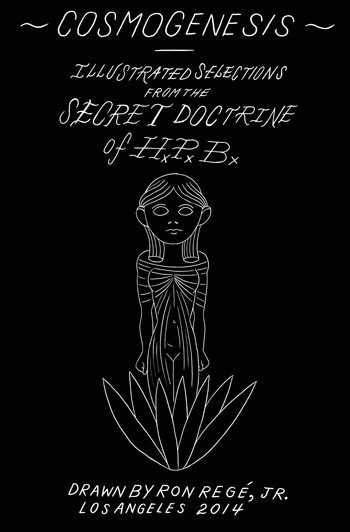
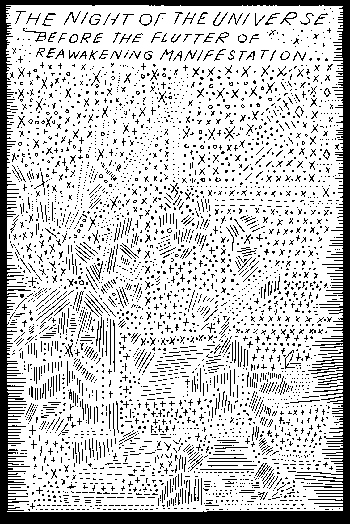
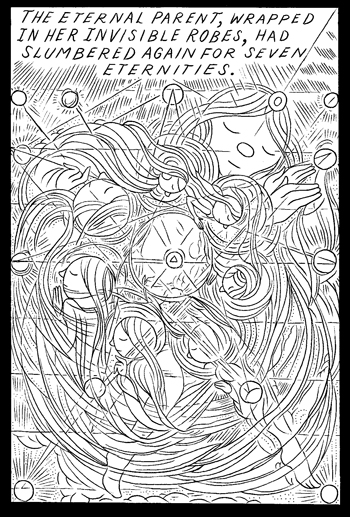
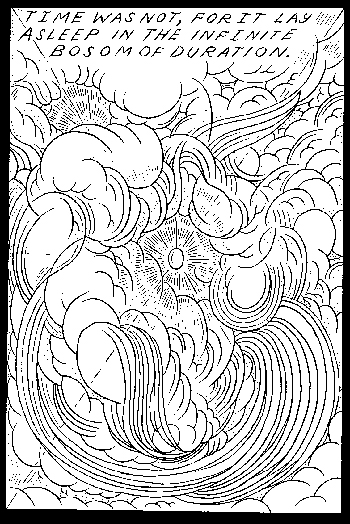
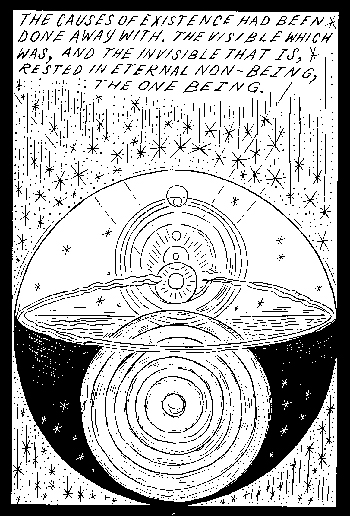
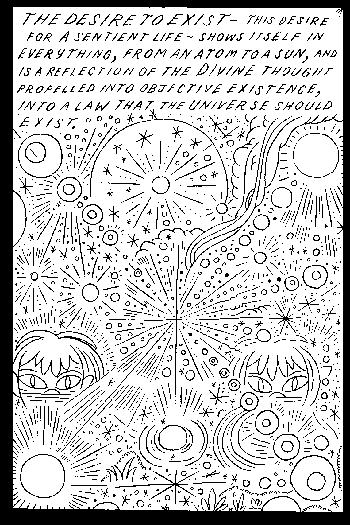
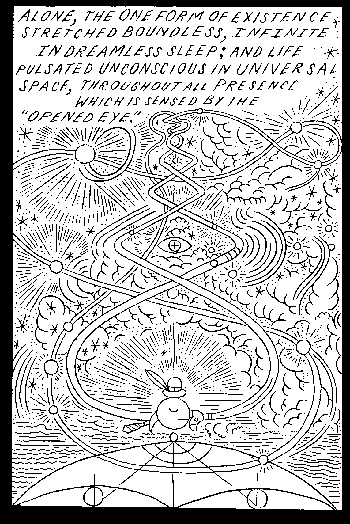
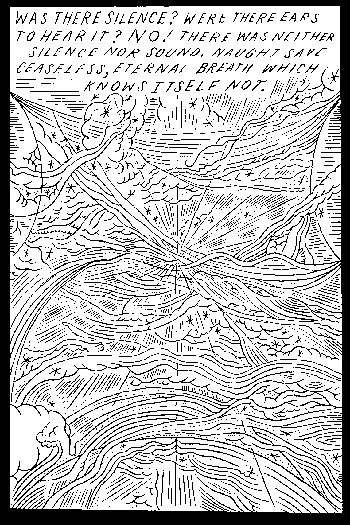
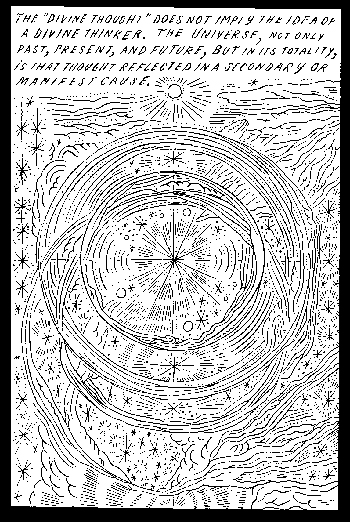
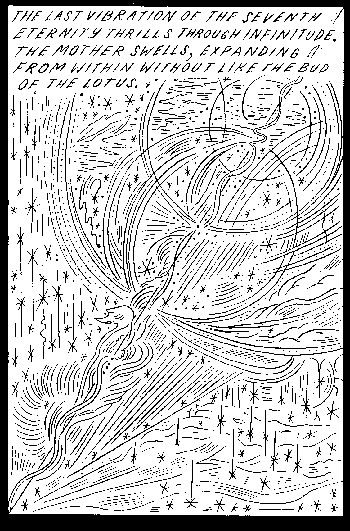
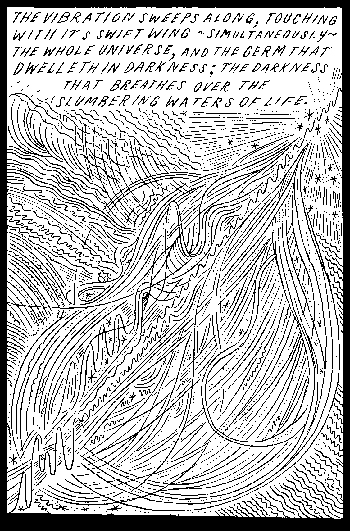
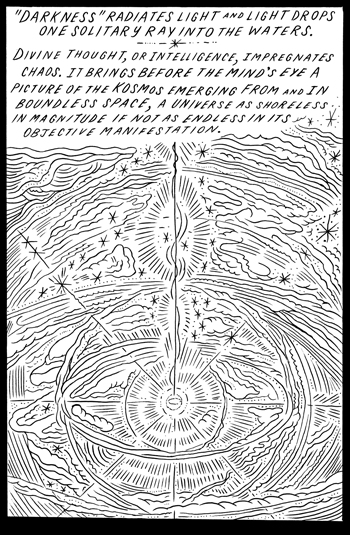
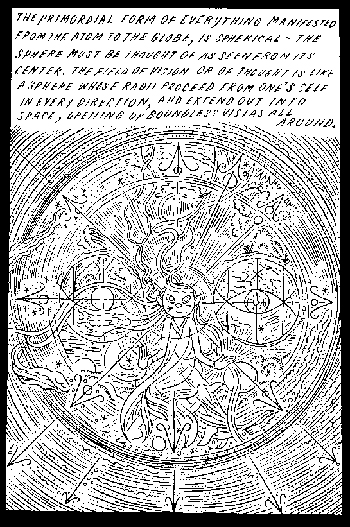
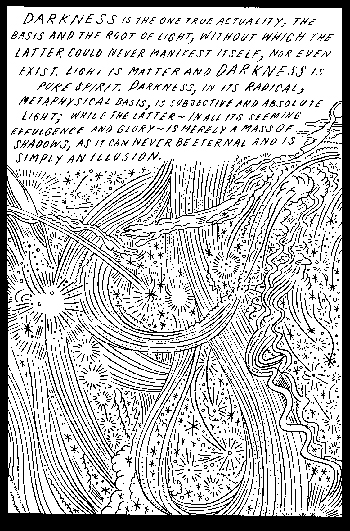
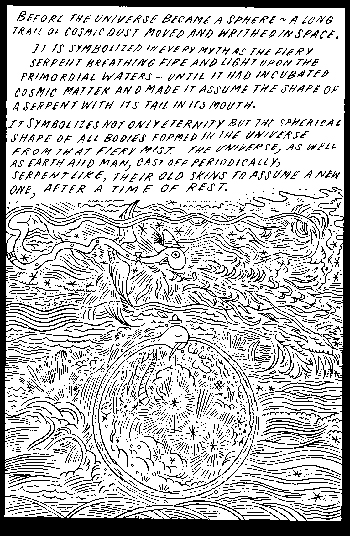
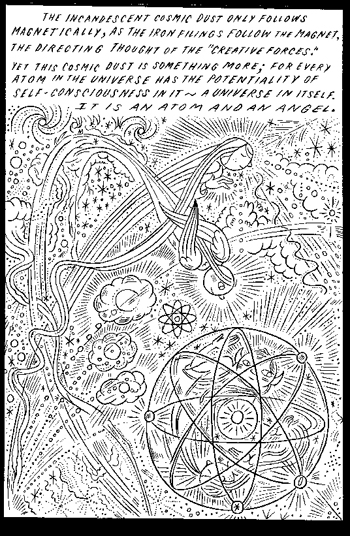
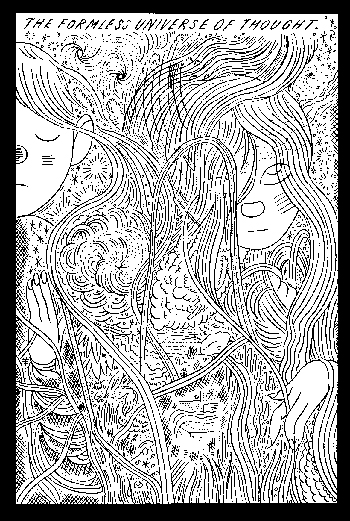
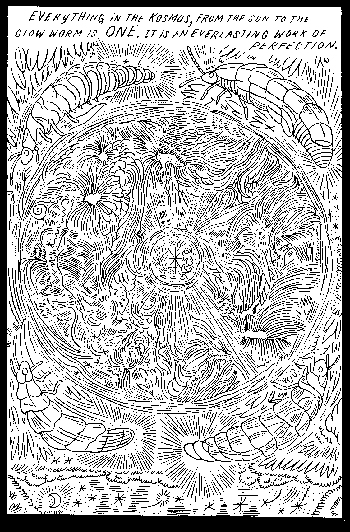
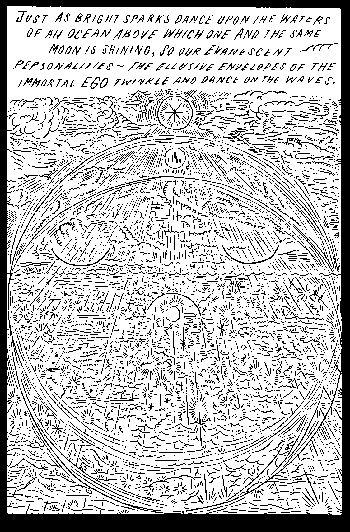
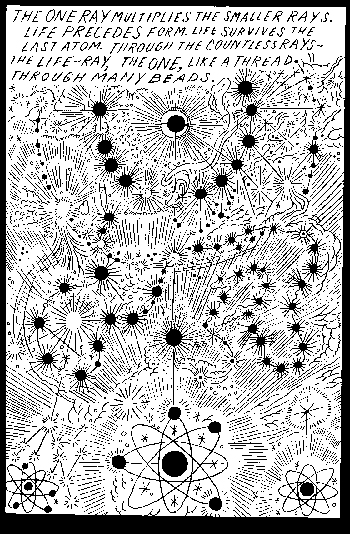
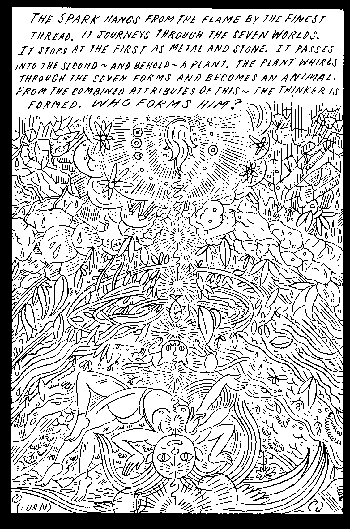
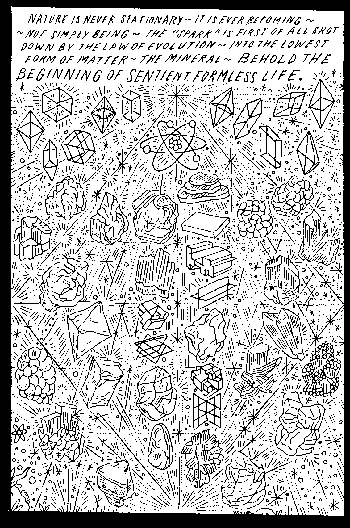
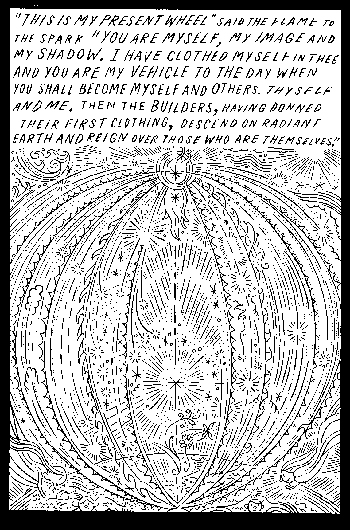
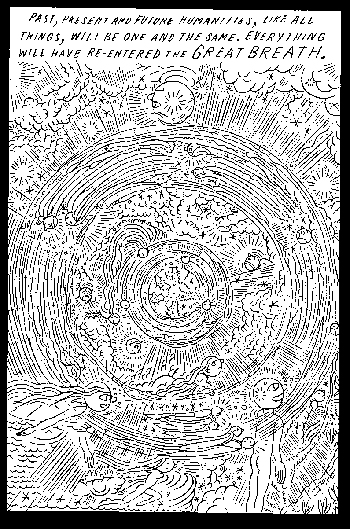
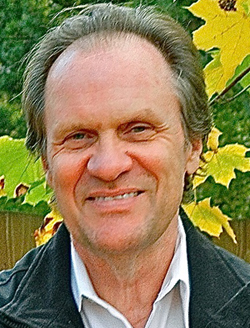 The term avatar has become a buzzword in pop culture these days, largely because of its association with the blockbuster movies of director James Cameron, but look up the word in the spiritual literature and you’ll sometimes find it defined as the “direct incarnation of the Divine into our world.”
The term avatar has become a buzzword in pop culture these days, largely because of its association with the blockbuster movies of director James Cameron, but look up the word in the spiritual literature and you’ll sometimes find it defined as the “direct incarnation of the Divine into our world.” In this context it may be peculiar to start by saying that initiation, in its ultimate sense, may not be available to us in the West today. Yet this seems to be the case—or so one could conclude from Mircea Eliade’s classic study Rites and Symbols of Initiation.
In this context it may be peculiar to start by saying that initiation, in its ultimate sense, may not be available to us in the West today. Yet this seems to be the case—or so one could conclude from Mircea Eliade’s classic study Rites and Symbols of Initiation.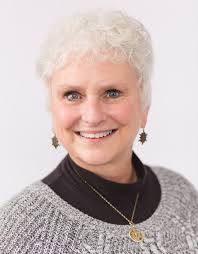 Initiation is a topic of fascination to many. We may reasonably wonder about the basis for such interest. Some individuals may want to receive initiation in order to acquire power or knowledge, hoping to learn the secrets of the universe or acquire psychic or supernatural abilities. On the other hand, perhaps the fascination runs much deeper. It may be because on some level we recognize that, as souls, we are on a spiritual journey and have an inner awareness that there is much more to us and to our journey than simply this physical life.
Initiation is a topic of fascination to many. We may reasonably wonder about the basis for such interest. Some individuals may want to receive initiation in order to acquire power or knowledge, hoping to learn the secrets of the universe or acquire psychic or supernatural abilities. On the other hand, perhaps the fascination runs much deeper. It may be because on some level we recognize that, as souls, we are on a spiritual journey and have an inner awareness that there is much more to us and to our journey than simply this physical life.